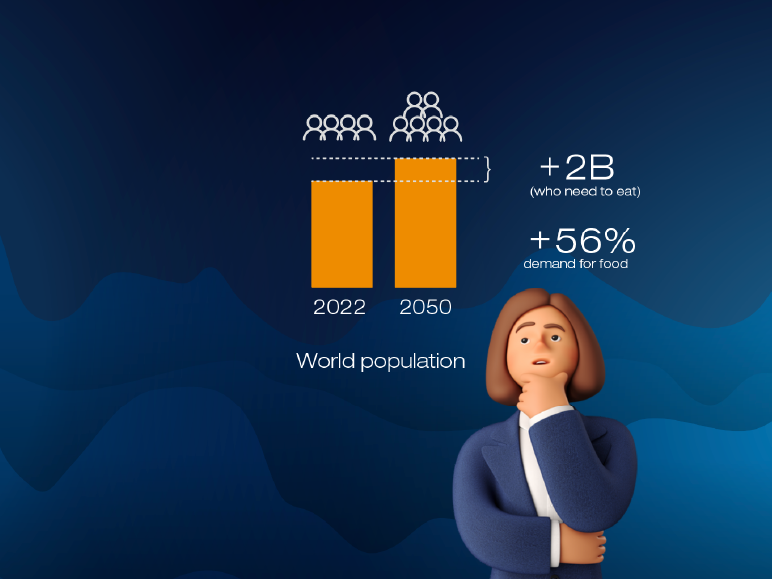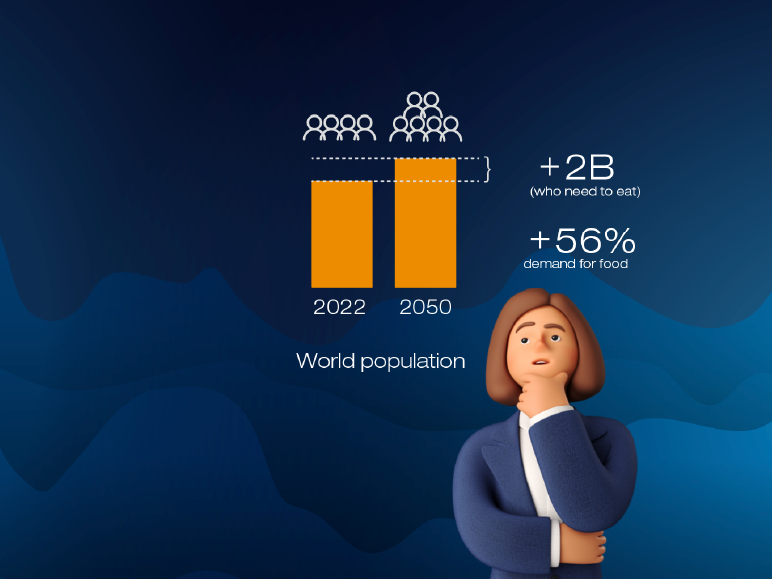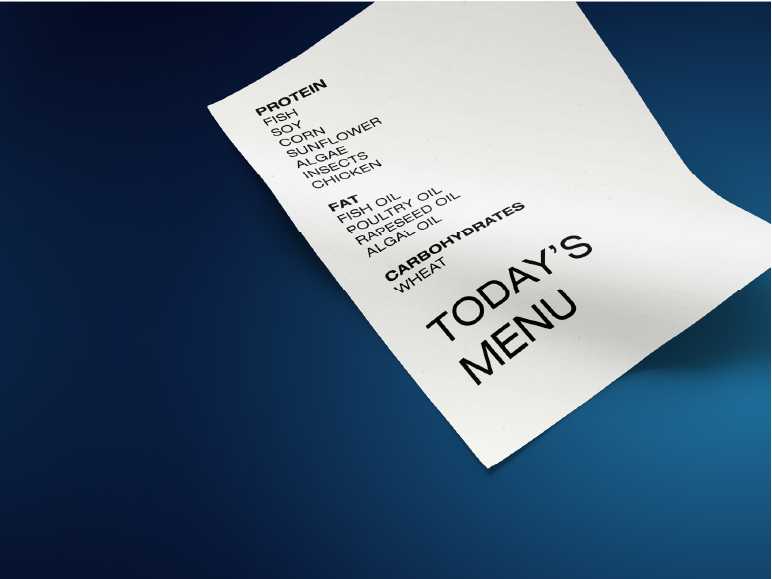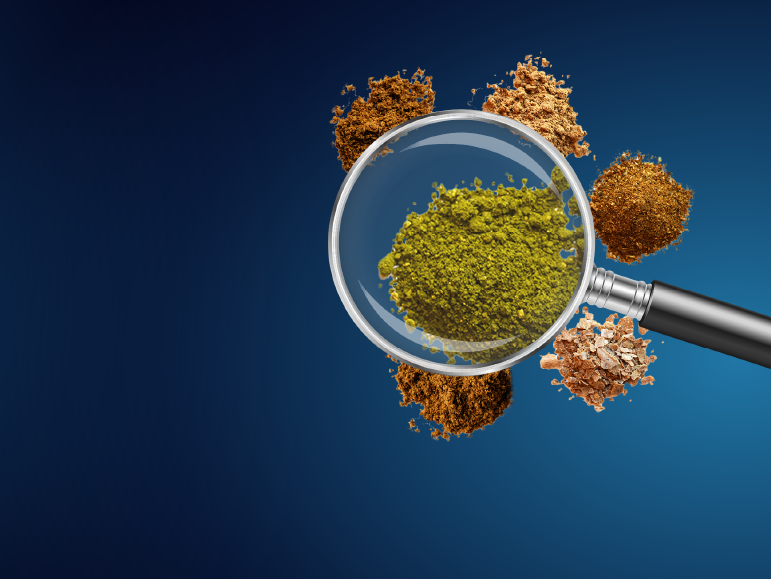A little background and the future of blue food. Otherwise known as ‘why Skretting exists’
Before we dive into the pellet itself, let’s talk about why we’re here. The global food security challenge is straightforward and well-known: by 2050, the world must feed two billion more people, an increase of a quarter from today’s global population. The demand for food will be 56% greater than it was in 2010. This needs to be achieved with no more land and limited fresh water.

Blue food
Demand for blue food (food that is cultured in water) in particular is expected to roughly double by 2050. The Blue Food Assessment, launched in 2021, has highlighted that this demand will likely be met principally by aquaculture expansion.
"Blue foods provide much more than protein. Many blue food species are rich in nutrients such as zinc, iron, vitamin A, vitamin B12 and omega-3s. Eating more blue food can help prevent non-communicable diseases and nutrient deficiencies, especially in regions and populations where there are high burdens of malnutrition.
Blue food systems support livelihoods for 800 million people worldwide and are a cornerstone of many rural and national economies, from large-scale fisheries and aquaculture producers to small-scale fishers.” – Blue Food Assessment
Did you know? Aquaculture continues to grow faster than any other major food supply sector, and by 2030 it is expected to provide 60% of the seafood that the human race consumes.
The farming of seafood is one of the most globally important food success stories of recent decades. In terms of output, aquaculture continues to grow faster than any other major food supply sector, and by 2030 it is expected to provide 60% of the seafood that people consume.
At the same time, almost a third of commercial wild fish stocks are now fished at biologically unsustainable levels, triple the level of 1974. With the average person consuming over 20 kilograms of seafood each year, the gap between supply and demand must be met by aquaculture. The pressure is on. So how do we do this in a sustainable way? Growth always comes with challenges, particularly when it comes to sustainability. As you can tell from our sustainability ambitions, we are committed to tackling that challenge head on.
With the average person consuming over 20 kilograms of seafood each year, the gap between supply and demand must be met by aquaculture. So how do we do this in a sustainable way?
There are many aspects that contribute to this mission. Precise nutrition that supports the growth, health and performance of farmed aquatic species provides the platform for better efficiency and therefore increased productivity, ensuring that the industry is best equipped to make an even greater contribution to world food security. But this is not the whole story, and we cannot and do not do it alone.

Next
Do you know what fish and shrimp like to eat? Because we do!
Don't be fooled by their appearance: feeds for fish and shrimp are precisely formulated to nurture individual species, specific life stages, and the farming systems they are being reared in. It's not just the nutritonal requirements that matter though, feeding patterns and preferences do too...




